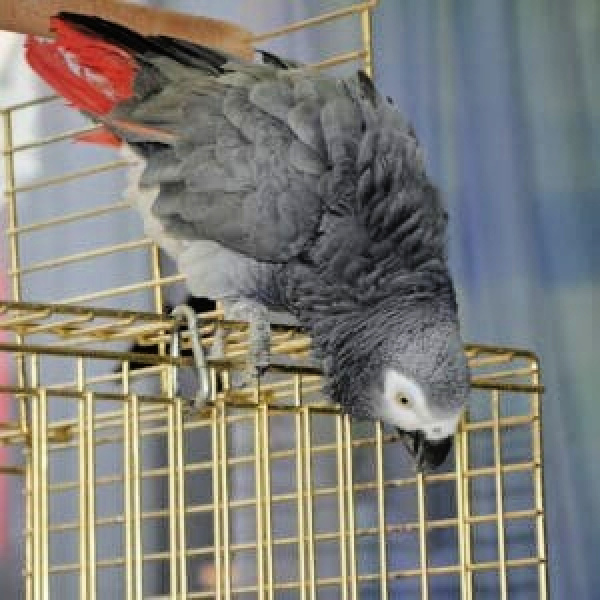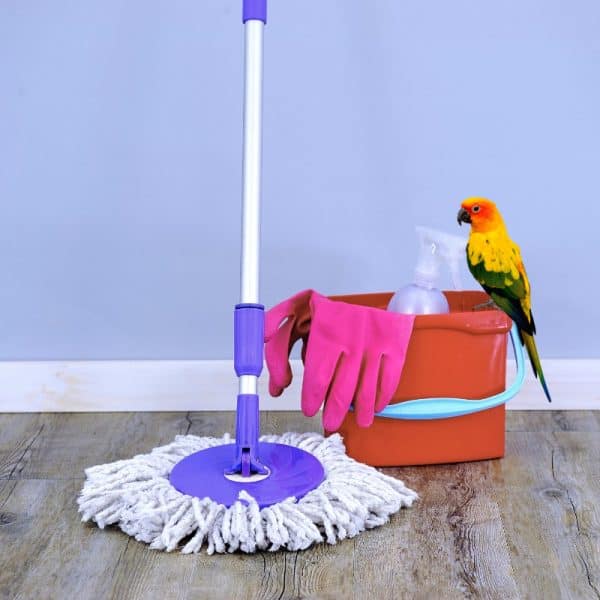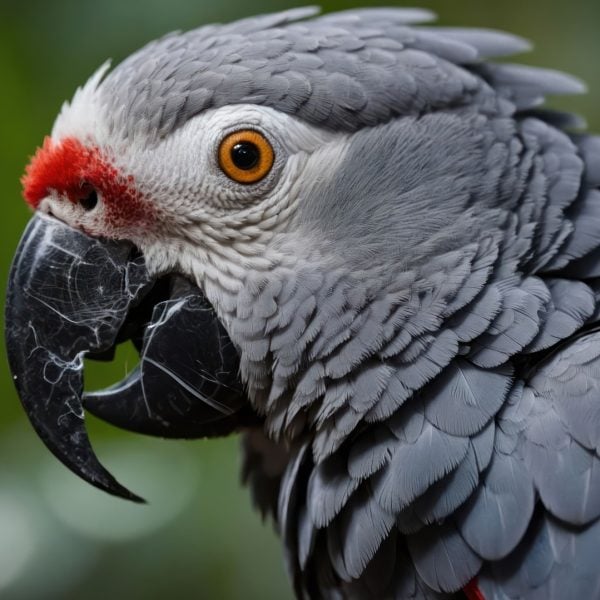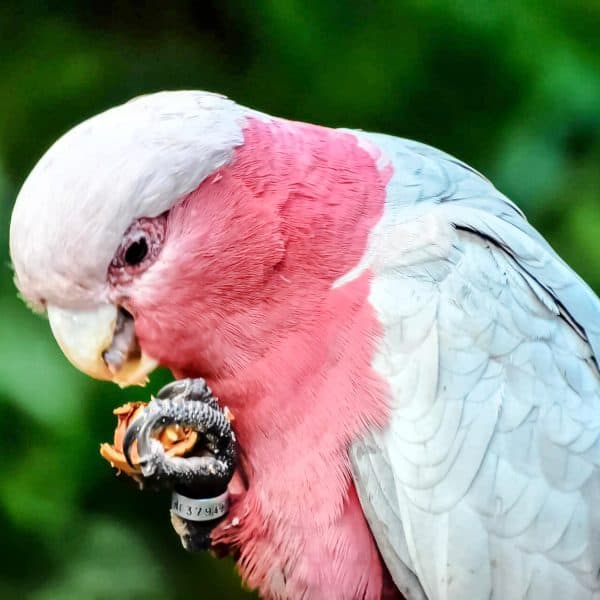Last Updated on by Mitch Rezman
We talk about making toys interesting so our birds will engage them. We spend countless hours wondering why the new perch or ladder seems to be scaring the dickens out of them. Heaven help us if we want to try a new bird food that might be a tad more nutritious.
So we experiment through trial and error over days and sometimes weeks as we figure out how to overcome the hurdles involved in introducing something new to a customer’s feathered companions.
We, humans, have our schedules and with our busy schedule fun time is usually pretty limited so we want it now. Birds, on the other hand, are creatures of habit. We urge you to change everything in your bird’s cage at the very least, once a month to keep things interesting.
Socializing your bird with other people in and out of your household will help to make them less skittish. BUT birds have their limits and intimate changes like the introduction of a flight suit or harness or water bottle to replace the water dish may take some time – a few hours or days or even a week or two.
Take a flight harness for instance. You are somewhat curtailing the use of your birds wings, which is about the most counterintuitive thing you can do to a bird. So if you expect to open the flight harness package, fit your bird and expect to go outside right then, you’re setting yourself up, and your bird – for failure.
I use the term “intimate changes” intentionally because birds don’t like things that interfere with the complex feather systems. The same would hold true of introducing a Lixit water bottle. Although they’ve been proven to be effective for more than 20 years, just because you put in the cage, what if your bird doesn’t figure it out immediately while you’re away for the weekend.This can lead to dehydration without them having been acclimated to use it first.
As a third example, you may want to travel with your bird this summer and put some sort of travel carrier in the car. So there you are trying to get an early start on the open road and you find out there’s no way in hell your bird is going to get in that new carrier just because you want to take a trip this week. To overcome any of these changes it’s important to have a strategy and utilize patience.
Here’s some start up strategies for these three issues. Beginning with the harness or flight suit, the first thing you want to do when you get it out of the package is to simply put it in your birds field of vision. Your bird assumes objects out of the ordinary could be potential threats, so let it see it for day or two or three. The next step before trying to get them to wear something is to take the harness (or flight suit) and to lightly drag it across your birds body so they get a feel for what it is. make it friendly Do this for two or three days before you attempt to put it on. You’ll find you’ll have much less resistance by using this method when you finally decide to dress your bird.
We can’t emphasize enough acclimating your bird to the travel carrier, especially before you need it. Generally speaking once a bird realizes that the travel carrier means they get to remain with you and not be left at home cooped up in the cage all alone, they may be happy to go along for the ride and soon look forward to it. Just like the harness, if you buy a new travel carrier simply place it in your birds feel of vision for a few days before asking them to enter. Once they begin to realize it’s not a harmful object it’ll be easier to shag their little butts inside. If you plan on traveling with your bird over great distances a few practice runs in the family jalopy is a good practice to make sure your bird doesn’t get carsick. You’ll also thank yourself for having the foresight to do this should an emergency arise such as a God forbid, fire, hurricane or power failure forces you to evacuate in a short amount of time.
Lixit water bottles are the best investments you can make for a captive bird. They all but ensure your bird will have a consistent source of clean and bacteria free water. Once again introducing something new into the cage does not guarantee your birds going to embrace it immediately. That’s why we don’t want you to hang them in the cage and split town immediately, because it may take a day or two for your bird to figure out there’s a new source for water. Placing a new Lixit water bottle directly over an existing water dish for the first couple of days will usually signal your bird that they can get water from both places. Once you see the level of water in your new water bottle consistently go down for couple of days you’ll know you are good-to-go and that your bird “get’s it” We just want you to be certain your bird has made the correlation, before you vanish for a day or two.
Thank you for being a subscriber
Written by Mitch Rezman CMO
Approved by Catherine Tobsing
Simply Everything for Pet Birds – Since 1993
Author Profile
Latest entries
 The Traveling BirdJune 26, 2025Can You Name 5 Parrot Species That Are Living Wild in the USA?
The Traveling BirdJune 26, 2025Can You Name 5 Parrot Species That Are Living Wild in the USA? Bird BehaviorJune 26, 2025How is it Parrots Are Problem Solvers Social Animals and Even Use Tools?
Bird BehaviorJune 26, 2025How is it Parrots Are Problem Solvers Social Animals and Even Use Tools? Bird & Parrot AnatomyJune 25, 2025How a Tiny Chemical Modification Makes Parrots Nature’s Living Paintings
Bird & Parrot AnatomyJune 25, 2025How a Tiny Chemical Modification Makes Parrots Nature’s Living Paintings PigeonsJune 20, 2025How Do Parrots Thrive in Cities Outside Their Native Habitats?
PigeonsJune 20, 2025How Do Parrots Thrive in Cities Outside Their Native Habitats?




